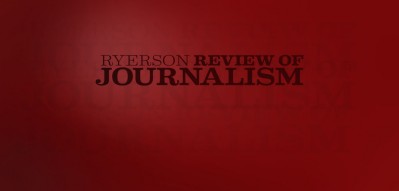In late October 1998, the Kosovo conflict was more than halfway through its tragic course. One day, while cruising the Drenica hills area, I heard about a young boy who had been shot dead. It’s possible that he had ventured too close to Serbian positions without realizing the danger. I wondered who could have shot him and if they knew that he was just a boy who couldn’t have been a fighter. Perhaps they simply saw a shadow moving in the trees and fired at it.
A crowd had gathered outside the boy’s home. There were men around who I believe were from the political wing of the Kosovo Liberation Army (KLA), a faction that had grown to become a thousands-strong militia in less than a year.
The KLA, composed primarily of ethnic Albanians, was battling Slobodan Milosevic’s ruling Serbs and they knew what a public relations coup the boy’s death could be for them, as it would generate international sympathy. The KLA was a real underground – many of the men were farmers and villagers who couldn’t afford to be identified. But the media usually side with the underdog and the KLA knew they couldn’t win without the help of the outside world. In this way, the relationship between the international press and the Kosovo Albanians was symbiotic. I guess that’s how they convinced the family to allow us into the home.
I was one of four or five journalists who saw the boy laid out on a simple blanket, flecks of dried blood on his face. Family members were sitting on the floor around him. His name was Shemsi Elhoni. He was eleven.
The light was just as you see it in the photograph – there wasn’t a lot of darkroom work done on the image and I certainly didn’t use a flash. When I saw the contact sheets, this was the most powerful frame. If the mother appears to be smiling, it’s because she did so between wails of grief. She was in a state of shock and fainted several times.
On a hill a few hundred metres from the home, a couple of men were digging a grave for the boy. They were silhouettes against the sky, small shapes on the top of the hill. As shots suddenly ripped through the air, those shapes dropped to the ground. A few of us ran toward them, soon breathless in the thin mountain air, only to discover just how accustomed they had become to the sound of gunshots. One of the men was just lying there, holding his hat on his head as if waiting for a storm to pass.
As the family and neighbours prepared to carry the boy’s body up the hill, his mother seized the hand of one journalist, a British writer named Emma, and insisted that she walk with her in the procession. This made it impossible to take “objective” photographs, as a journalist was in the middle of the image. But Emma’s presence seemed to soothe the distraught mother.
A year and a half earlier, I had covered the journey of 80,000 Hutu refugees fleeing the fighting in their native Rwanda into the jungles of Zaire. I saw so many of these people die during the trek that something was altered in me. I learned that when you work in a conflict zone, it’s your responsibility to document what happens without letting your emotions interfere. Keeping that responsibility in mind makes the horrible manageable.
Why we pursue the subject of human suffering is complex. Some reasons may be altruistic and some are no doubt selfish. I’m not convinced by those photojournalists who have simple explanations such as, “It’s more interesting than city hall,” though admittedly it is. Many claim they’re working to raise awareness, but I’m suspicious when they say it’s their way of helping. When you really want to help, you join an aid agency, and I’ve known only a few journalists who have. I respect those people for doing it, even if it was to get away from the grind of a big news organization.
Maybe part of the reason we travel to foreign countries to cover events is so we don’t have to care too much. The victims are not family, friends or even compatriots. We can just walk away when we’re done, having had the privilege of seeing it all without having to feel the pain.
What we do may sound like “war tourism,” but anyone in a battle zone must accept the responsibility of producing something from it – something that tries to make some sense of what is going on and contributes to our understanding of how and why conflicts continue to happen.
About the author
This is a joint byline for the Ryerson Review of Journalism. All content is produced by students in their final year of the graduate or undergraduate program at the Ryerson School of Journalism.
